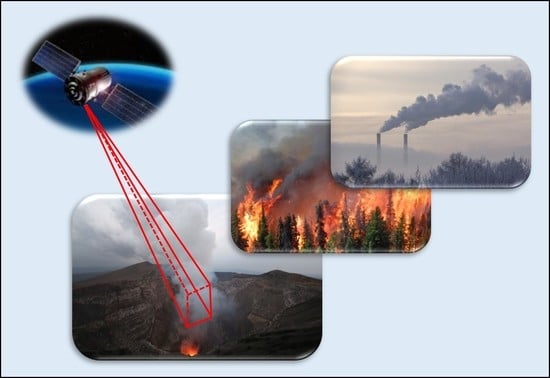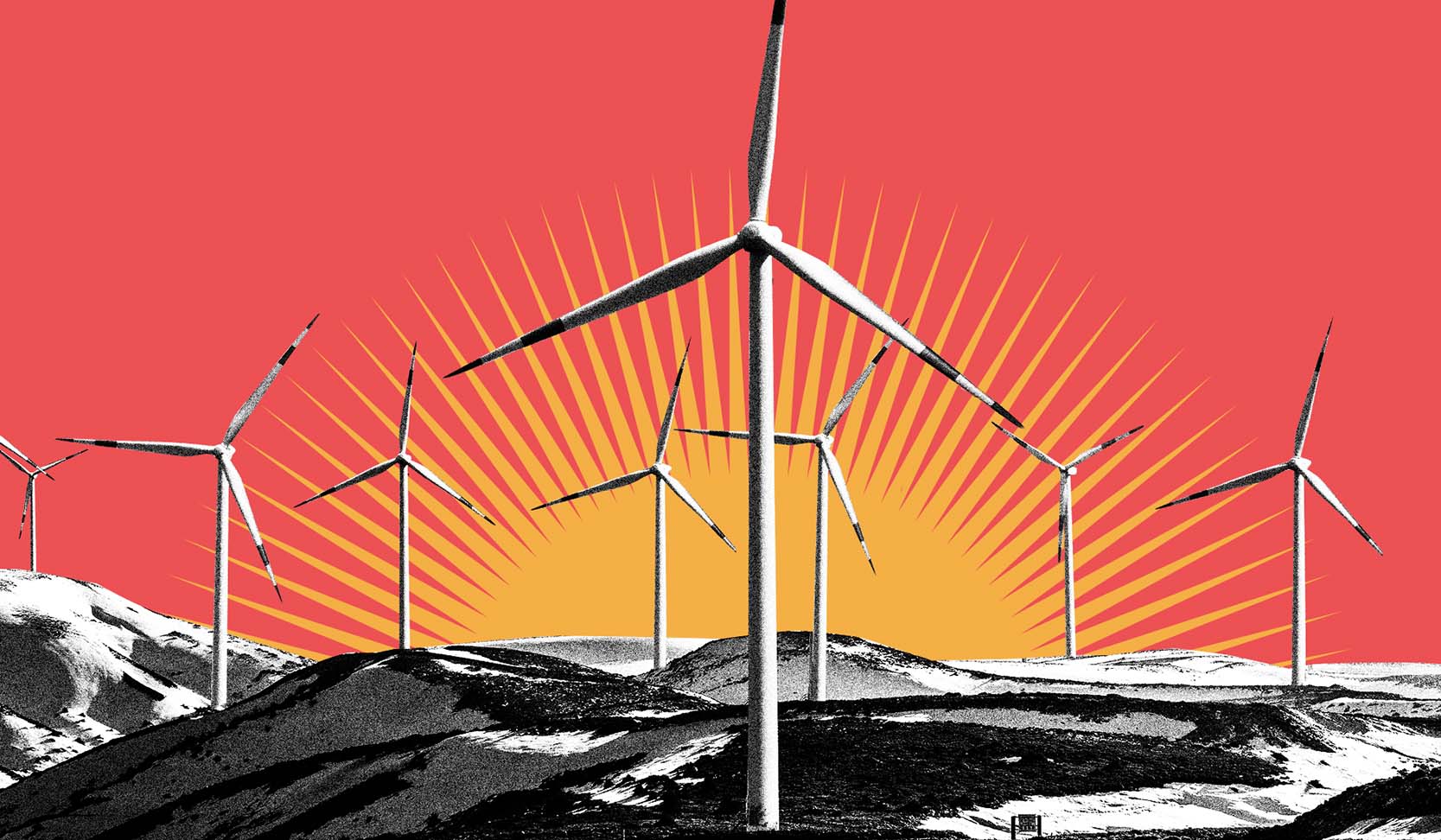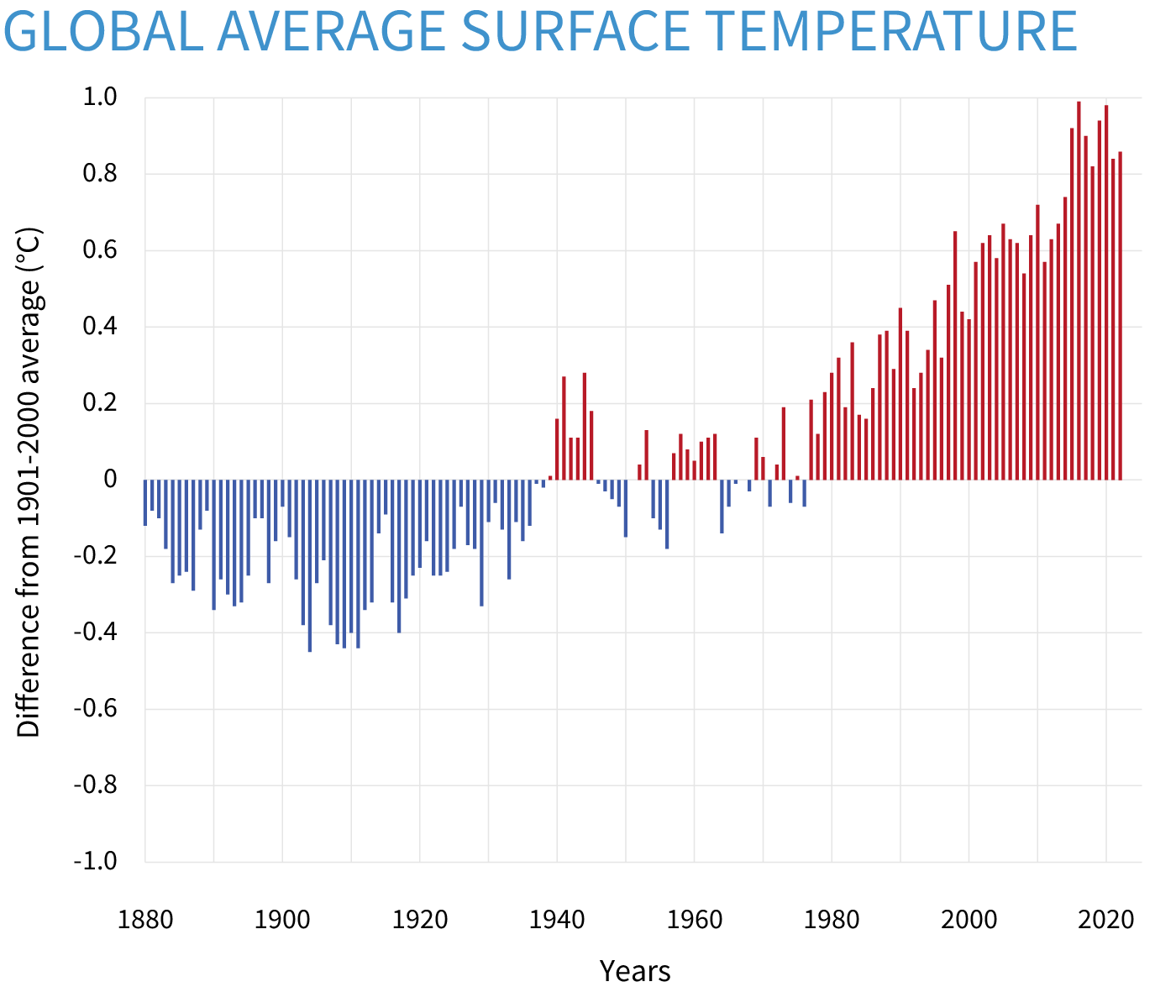Do you have some point to make?Just a small part of the absorption spectrum ... the bandwidth useful for the temperature measurements discussed in the paper you linked to ... they're using radiative flux which is independent of distance ... because who wants to hold the end of a tape measure on a 1000ºC object? ...
Navigation
Install the app
How to install the app on iOS
Follow along with the video below to see how to install our site as a web app on your home screen.
Note: This feature may not be available in some browsers.
More options
Style variation
You are using an out of date browser. It may not display this or other websites correctly.
You should upgrade or use an alternative browser.
You should upgrade or use an alternative browser.
Official Thread for Denial of GreenHouse Effect and Radiative Physics.
- Thread starter flacaltenn
- Start date
Toddsterpatriot
Diamond Member
I don't want to waste one penny. If it would cost us 76 trillion to fix it, following your advice will cost us 150 trillion. Or a great deal more. And a great deal more human suffering.
If we spend $76 trillion, in 2100, the temperature difference would be a fraction of the
margin of error.
Fort Fun Indiana
Diamond Member
- Mar 10, 2017
- 110,271
- 99,380
- 3,645
"Spend 76 trillion"
This is not how the world works. Or how economies work. Or how technology works. Less money is then spent elsewhere.
That money isn't shot into space. It creates value. And wages. It is spent here on this planet.
This is not how the world works. Or how economies work. Or how technology works. Less money is then spent elsewhere.
That money isn't shot into space. It creates value. And wages. It is spent here on this planet.
So, no one refutes these data. So I was next going to put up the spectrum of incoming solar radiation and the spectrum of outgoing IR from the planet's surface. But before I do, let me ask this simple question: does anyone out there NOT accept the Greenhouse Effect whereby certain gases absorb IR radiated from the warmed surface of the planet and slow its escape to space and thus warm the planet? Anyone?When was the last post in this thread that actually dealt with the topic?
Would anyone on the "Ignorance-is-Bliss" side of this argument care to refute the following?
View attachment 844928

A Sensitivity Study of the 4.8 µm Carbon Dioxide Absorption Band in the MWIR Spectral Range
The measurements of gas concentrations in the atmosphere are recently developed thanks to the availability of gases absorbing spectral channels in space sensors and strictly depending on the instrument performances. In particular, measuring the sources of carbon dioxide is of high interest to...www.mdpi.com
So, the greenhouse effect is responsible for keeping the Earth significantly warmer (33C or 60F) than it would be without it. If we were to remove greenhouse gases from the atmosphere, the Earth's temperature would fall. If we were to add greenhouse gases to the atmosphere, the Earth temperature would rise. And, of course, that is precisely what has happened. By burning hundreds of billions of tons of fossil fuels since the Industrial Revolution began, we have increased the level of CO2 in the atmosphere by 50%. That has raised the world's average temperature by 1.1C and even with no further emissions, it would very likely rise at least another half a degree. But we're no where close to ceasing GHG emissions. With our best efforts, we couldn't cease putting out CO2 for another 30 years. And we're NOT making our best effort, are we.So, no one refutes these data. So I was next going to put up the spectrum of incoming solar radiation and the spectrum of outgoing IR from the planet's surface. But before I do, let me ask this simple question: does anyone out there NOT accept the Greenhouse Effect whereby certain gases absorb IR radiated from the warmed surface of the planet and slow its escape to space and thus warm the planet? Anyone?
ReinyDays
Gold Member
So, the greenhouse effect is responsible for keeping the Earth significantly warmer (33C or 60F) than it would be without it. If we were to remove greenhouse gases from the atmosphere, the Earth's temperature would fall. If we were to add greenhouse gases to the atmosphere, the Earth temperature would rise. And, of course, that is precisely what has happened. By burning hundreds of billions of tons of fossil fuels since the Industrial Revolution began, we have increased the level of CO2 in the atmosphere by 50%. That has raised the world's average temperature by 1.1C and even with no further emissions, it would very likely rise at least another half a degree. But we're no where close to ceasing GHG emissions. With our best efforts, we couldn't cease putting out CO2 for another 30 years. And we're NOT making our best effort, are we.
NOAA gives current warming at 0.8 (±0.5) ºC ... and the IPCC gives a logarithmic relationship ... which means we have to produce hundreds of billions of tonnes of CO2 just to able to measure the increase ... that's nothing to be concerned about ...
If we stopped burning oil .. Hamas wouldn't have rockets ... that's a better reason to conserve ...
NOAA gives current warming at 0.8 (±0.5) ºC ... and the IPCC gives a logarithmic relationship ... which means we have to produce hundreds of billions of tonnes of CO2 just to able to measure the increase ... that's nothing to be concerned about ...
"The average temperature of the Earth’s surface is now about 1.1°C warmer than it was in the late 1800s (before the industrial revolution) and warmer than at any time in the last 100,000 years. "

What Is Climate Change? | United Nations
And NOAA gives current warming at 0.86C
The year 2022 was the sixth warmest year since global records began in 1880 at 0.86°C (1.55°F) above the 20th century average of 13.9°C (57.0°F). This value is 0.13°C (0.23°F) less than the record set in 2016 and it is only 0.02°C (0.04°F) higher than the last year's (2021) value, which now ranks as the seventh highest. The 10 warmest years in the 143-year record have all occurred since 2010, with the last nine years (2014–2022) ranking as the nine warmest years on record.

Climate Change: Global Temperature
Earth's surface temperature has risen about 2 degrees Fahrenheit since the start of the NOAA record in 1850. It may seem like a small change, but it's a tremendous increase in stored heat.
Just for some education you really seem to need: Y = X^1.000001 is a logarithmic relationship.
Radiative forcing caused by carbon dioxide varies in an approximately logarithmic fashion with the concentration of that gas in the atmosphere. The logarithmic relationship occurs as the result of a saturation effect wherein it becomes increasingly difficult, as CO2 concentrations increase, for additional CO2 molecules to further influence the “infrared window” (a certain narrow band of wavelengths in the infrared region that is not absorbed by atmospheric gases). The logarithmic relationship predicts that the surface warming potential will rise by roughly the same amount for each doubling of CO2 concentration. At current rates of fossil fuel use, a doubling of CO2 concentrations over preindustrial levels is expected to take place by the middle of the 21st century (when CO2 concentrations are projected to reach 560 ppm). A doubling of CO2 concentrations would represent an increase of roughly 4 watts per square metre of radiative forcing. Given typical estimates of “climate sensitivity” in the absence of any offsetting factors, this energy increase would lead to a warming of 2 to 5 °C (3.6 to 9 °F) over preindustrial times (see Feedback mechanisms and climate sensitivity). The total radiative forcing by anthropogenic CO2 emissions since the beginning of the industrial age is approximately 1.66 watts per square metre.

Global warming - Carbon Dioxide, Climate Change, Greenhouse Gases | Britannica
Global warming - Carbon Dioxide, Climate Change, Greenhouse Gases: Of the greenhouse gases, carbon dioxide (CO2) is the most significant. Natural sources of atmospheric CO2 include outgassing from volcanoes, the combustion and natural decay of organic matter, and respiration by aerobic...
Doubling CO2 will raise temperatures ~3C. That IS what the logarithmic relationship tells us.
Last edited:
jc456
Diamond Member
- Dec 18, 2013
- 150,923
- 34,785
- 2,180
Didn’t California have twenty feet?Remember when it used to actually snow? Feet of snow several times during the winter? In the spring and fall now and then? No plowing last year. Never really snowed at all. Not here.
jc456
Diamond Member
- Dec 18, 2013
- 150,923
- 34,785
- 2,180
Showing your inner Nazi huh? No one can differ from you right?Imagine a world where hard core denialists could be dragged, kicking and screaming, to fact water and made to drink..
jc456
Diamond Member
- Dec 18, 2013
- 150,923
- 34,785
- 2,180
Huh?"The average temperature of the Earth’s surface is now about 1.1°C warmer than it was in the late 1800s (before the industrial revolution) and warmer than at any time in the last 100,000 years. "

What Is Climate Change? | United Nations
www.un.org
And NOAA gives current warming at 0.86C
The year 2022 was the sixth warmest year since global records began in 1880 at 0.86°C (1.55°F) above the 20th century average of 13.9°C (57.0°F). This value is 0.13°C (0.23°F) less than the record set in 2016 and it is only 0.02°C (0.04°F) higher than the last year's (2021) value, which now ranks as the seventh highest. The 10 warmest years in the 143-year record have all occurred since 2010, with the last nine years (2014–2022) ranking as the nine warmest years on record.
Climate Change: Global Temperature
Earth's surface temperature has risen about 2 degrees Fahrenheit since the start of the NOAA record in 1850. It may seem like a small change, but it's a tremendous increase in stored heat.www.climate.gov
Just for some education you really seem to need: Y = X^1.000001 is a logarithmic relationship.
Radiative forcing caused by carbon dioxide varies in an approximately logarithmic fashion with the concentration of that gas in the atmosphere. The logarithmic relationship occurs as the result of a saturation effect wherein it becomes increasingly difficult, as CO2 concentrations increase, for additional CO2 molecules to further influence the “infrared window” (a certain narrow band of wavelengths in the infrared region that is not absorbed by atmospheric gases). The logarithmic relationship predicts that the surface warming potential will rise by roughly the same amount for each doubling of CO2 concentration. At current rates of fossil fuel use, a doubling of CO2 concentrations over preindustrial levels is expected to take place by the middle of the 21st century (when CO2 concentrations are projected to reach 560 ppm). A doubling of CO2 concentrations would represent an increase of roughly 4 watts per square metre of radiative forcing. Given typical estimates of “climate sensitivity” in the absence of any offsetting factors, this energy increase would lead to a warming of 2 to 5 °C (3.6 to 9 °F) over preindustrial times (see Feedback mechanisms and climate sensitivity). The total radiative forcing by anthropogenic CO2 emissions since the beginning of the industrial age is approximately 1.66 watts per square metre.

Global warming - Carbon Dioxide, Climate Change, Greenhouse Gases | Britannica
Global warming - Carbon Dioxide, Climate Change, Greenhouse Gases: Of the greenhouse gases, carbon dioxide (CO2) is the most significant. Natural sources of atmospheric CO2 include outgassing from volcanoes, the combustion and natural decay of organic matter, and respiration by aerobic...www.britannica.com
Doubling CO2 will raise temperatures ~3C. That IS what the logarithmic relationship tells us.
ReinyDays
Gold Member
Didn’t California have twenty feet?
Of snow? ... more like 200 feet ... hell, there's 20 feet of standing water in the San Joaquin Valley floor ... it may be a few years before it drains away ... that's weather for you ... one year it's +40ºF, next it's -40ºF ... strange but true ...
Yawn ...
In a bad year, Sacramento goes under ... the entire city ... 2,000,000 people ... you know ... building in a lake bed, what could go wrong? ... ...
Different sources calculated in different manners over differing spans of time result in different values.Huh?
jc456
Diamond Member
- Dec 18, 2013
- 150,923
- 34,785
- 2,180
And yet still no proof. Still waiting on what the problem is?Different sources calculated in different manners over differing spans of time result in different values.
As I've said on many occasions, the problem is your willful ignorance.And yet still no proof. Still waiting on what the problem is?
jc456
Diamond Member
- Dec 18, 2013
- 150,923
- 34,785
- 2,180
ignorance of what?As I've said on many occasions, the problem is your willful ignorance.
jc456
Diamond Member
- Dec 18, 2013
- 150,923
- 34,785
- 2,180
no problem, happy to show everyone that you can't tell us what the problem is you keep harping on. The irony is all yours.Thanks for the demonstration.
jc456
Diamond Member
- Dec 18, 2013
- 150,923
- 34,785
- 2,180
I agree. Pointing out your flaw isn't needed any more times.Once was enough.
Incorrect. Temperature and co2 doesn't work like that. Doubling co2 doesn't double the temperature.
Doubling CO2 will raise temperatures ~3C. That IS what the logarithmic relationship tells us.
Similar threads
- Replies
- 98
- Views
- 2K
- Replies
- 1
- Views
- 246
- Replies
- 12
- Views
- 853
Debate Now
Honest Debate About Abortion: Rules Posted
- Replies
- 294
- Views
- 5K
New Topics
-
-
amazing new chip sees like an eye, thinks like a brain, and memorizes instantly
- Started by scruffy
- Replies: 0
-